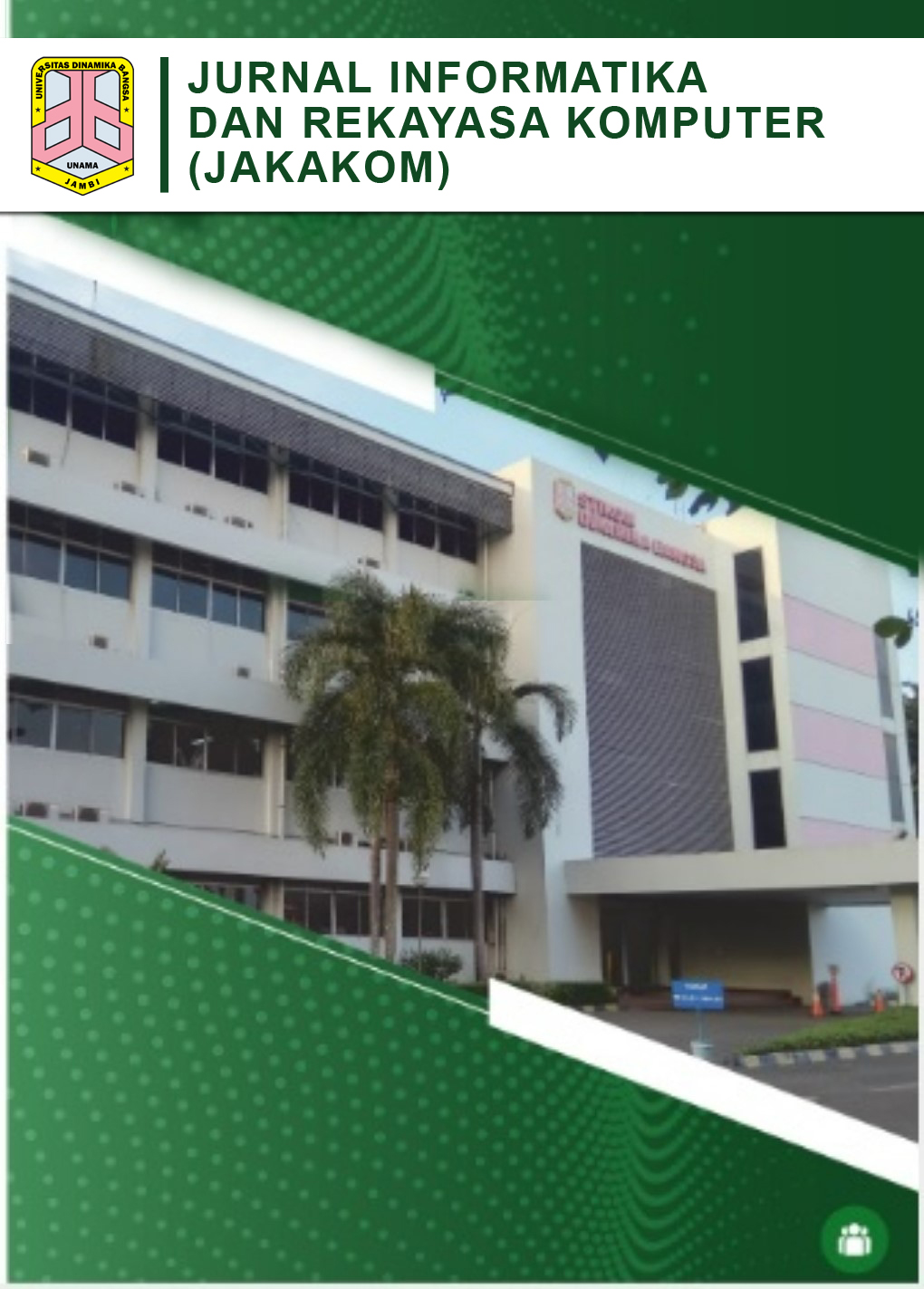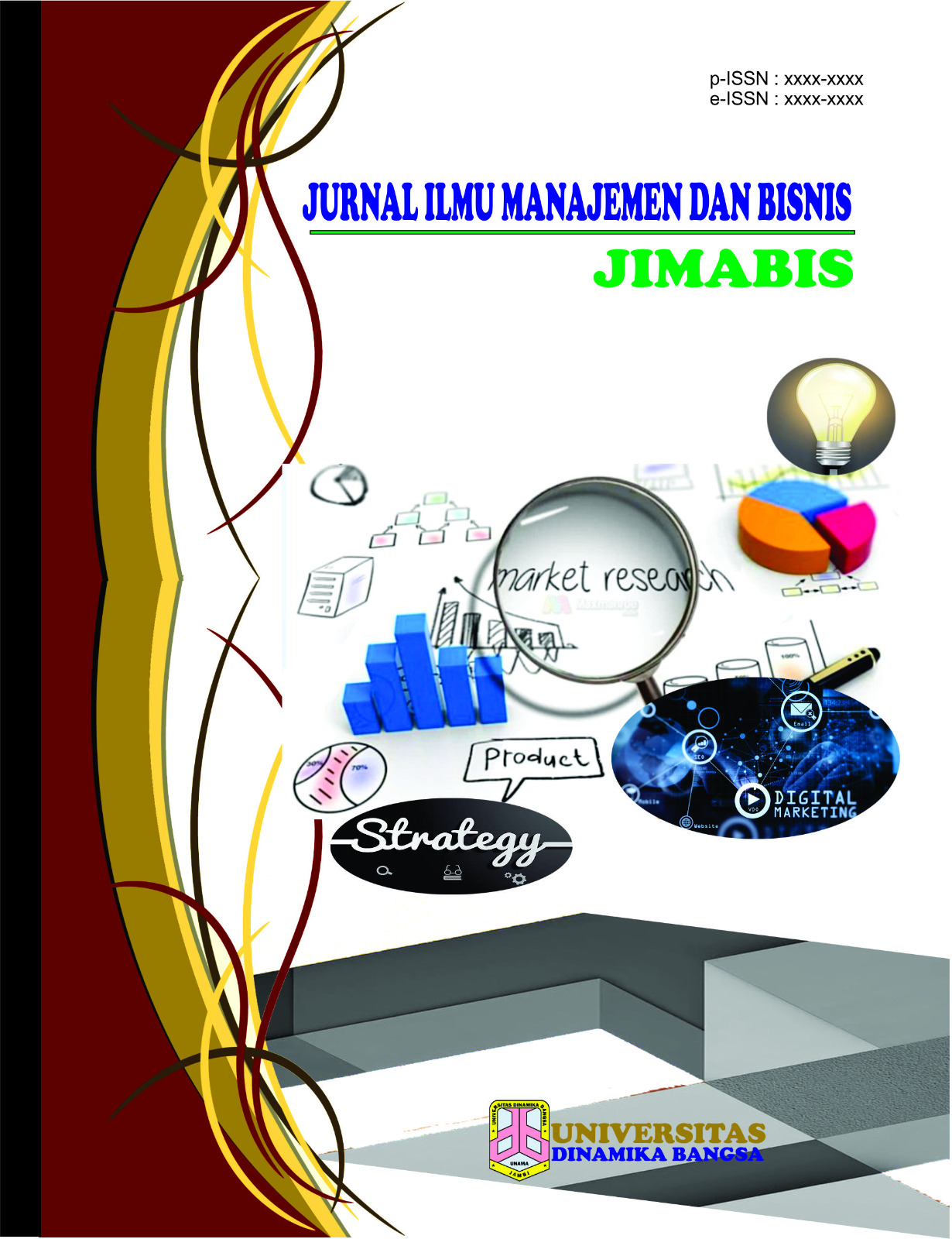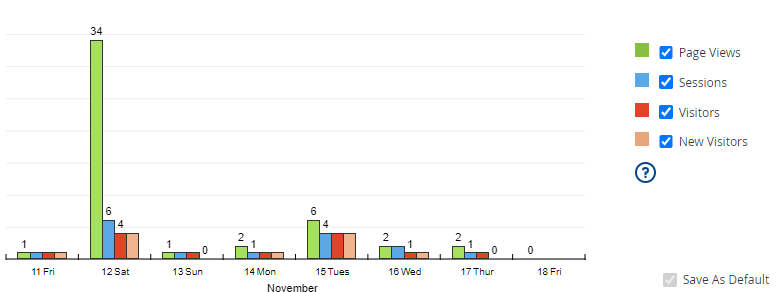PERANCANGAN SISTEM APLIKASI PEMBAYARAN MENGGUNAKAN QR-CODE DI KANTIN UNIVERSITAS DINAMIKA BANGSA
DOI:
https://doi.org/10.33998/jakakom.2023.3.2.1430Keywords:
Design, System, Application, QR Code, CanteenAbstract
Payment systems have become crucial in the present time to enhance efficiency and effectiveness in conducting transactions. The payment process at the canteen of Dinamika Bangsa University, Kota Baru, is currently being carried out conventionally, which is inefficient in terms of time and place. This can lead to delays when sellers have to provide change and can result in long queues. To address these issues, a system is needed to facilitate transactions for both sellers and buyers. The chosen method for developing this system is the waterfall approach, utilizing UML (Unified Modeling Language) tools, including use case diagrams, activity diagrams, and class diagrams. The system is designed using the Dart programming language and an FireBase database. This research culminates in a payment application using QR codes, which will assist the canteen personnel in conducting transactions at Dinamika Bangsa University, Kota Baru.
Downloads
References
N. Darma Paramatha dan Wayan Aditya S, “ANALISIS PERANCANGAN SISTEM INFORMASI ABSENSI DENGAN QR-CODE DAN METODE BYOD.” Jurnal teknologi dan informasi komputer vol. 6 , No. 2, Jan 24, 2020, https://doi.org/10.36002/jutik.v6i2.1023.
R. Ardhi dan G. Farell, “Perancangan Website Point of Sales menggunakan Teknologi QR Code (Studi Kasus Gofha Studio Parfum Danguang-Danguang)”. Jurnal teknologi informasi, vol. 7, No. 1, 2023
K. Krombholz, P. Frühwirt, P. Kieseberg, I. Kapsalis, M. Huber, dan E. Weippl, “LNCS 8533 - QR Code Security: A Survey of Attacks and Challenges for Usable Security.”
G. Munawar, A. Firiontina, H. Dini, dan # #2, “Prototipe E-Wallet Berbasis Mobile untuk Mendukung Transaksi Elektronik di Lingkungan Kampus”, doi: 10.26418/justin.v10i4.47495.
R. Mayanti, “FAKTOR-FAKTOR YANG MEMPENGARUHI PENERIMAAN USER TERHADAP PENERAPAN QUICK RESPONSE INDONESIA STANDARD SEBAGAI TEKNOLOGI PEMBAYARAN PADA DOMPET DIGITAL,” Jurnal Ilmiah Ekonomi Bisnis, vol. 25, no. 2, hlm. 123–135, 2020, doi: 10.35760/eb.2020.v25i2.2413.
M. A. Suryawan, L. Ode, M. Jihad, dan A. Faris, “PENERAPAN QR-CODE DALAM PROSES PEMBAYARAN DIGITAL DI KAMPUS THE IMPLEMENTATION OF QR-CODE IN THE DIGITAL PAYMENT AT CAMPUS,” Jurnal Informatika, vol. 11, no. 2, [Daring]. Tersedia pada: http://ejournal.unidayan.ac.id/index.php/JIU
M. U. Ahmad Hajazi, S. Sou Chan, S. A. Ya’kob, F. Siali, dan H. Abdul Latip, “Usage Intention of Qr Mobile Payment System Among Millennials in Malaysia,” International Journal of Academic Research in Business and Social Sciences, vol. 11, no. 1, Jan 2021, doi: 10.6007/ijarbss/v11-i1/8494.
B. A. Eren, “QR code m-payment from a customer experience perspective,” Journal of Financial Services Marketing, 2022, doi: 10.1057/s41264-022-00186-5.
Y. S. Hussein Maen T. Alrashdan, “Secure Payment with QR Technology on University Campus,” Journal of Computer Science & Computational Mathematics, vol. 12, no. 2, hlm. 7–10, Jun 2022, doi: 10.20967/jcscm.2022.02.002.
Didik Arif W dan Gandhi Sutjahjo, “SISTEM INFORMASI PENJADWALAN KEGIATAN SOSIALISASI (P2M) DAN LAYANAN ADUAN MASYARAKAT DI BNN KOTA BATAM BERBASIS ANDROID MENGGUNAKAN ANDROID STUDIO.” Vol. 10,No. 1, April 2020.

















